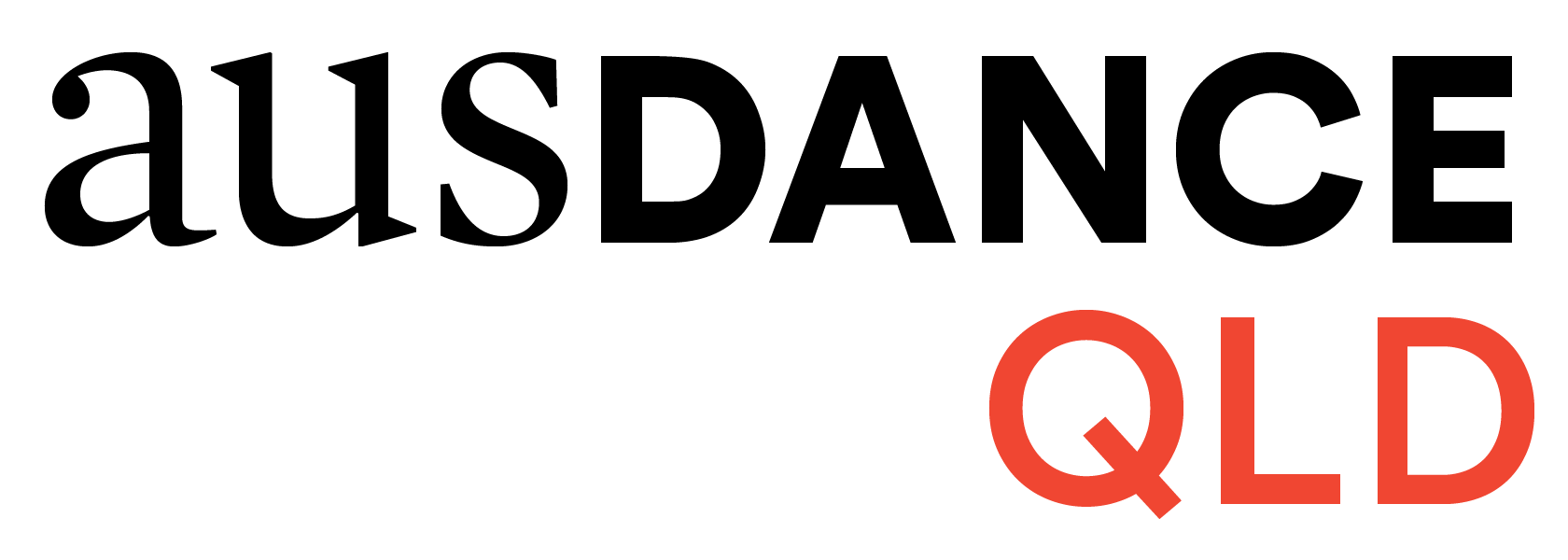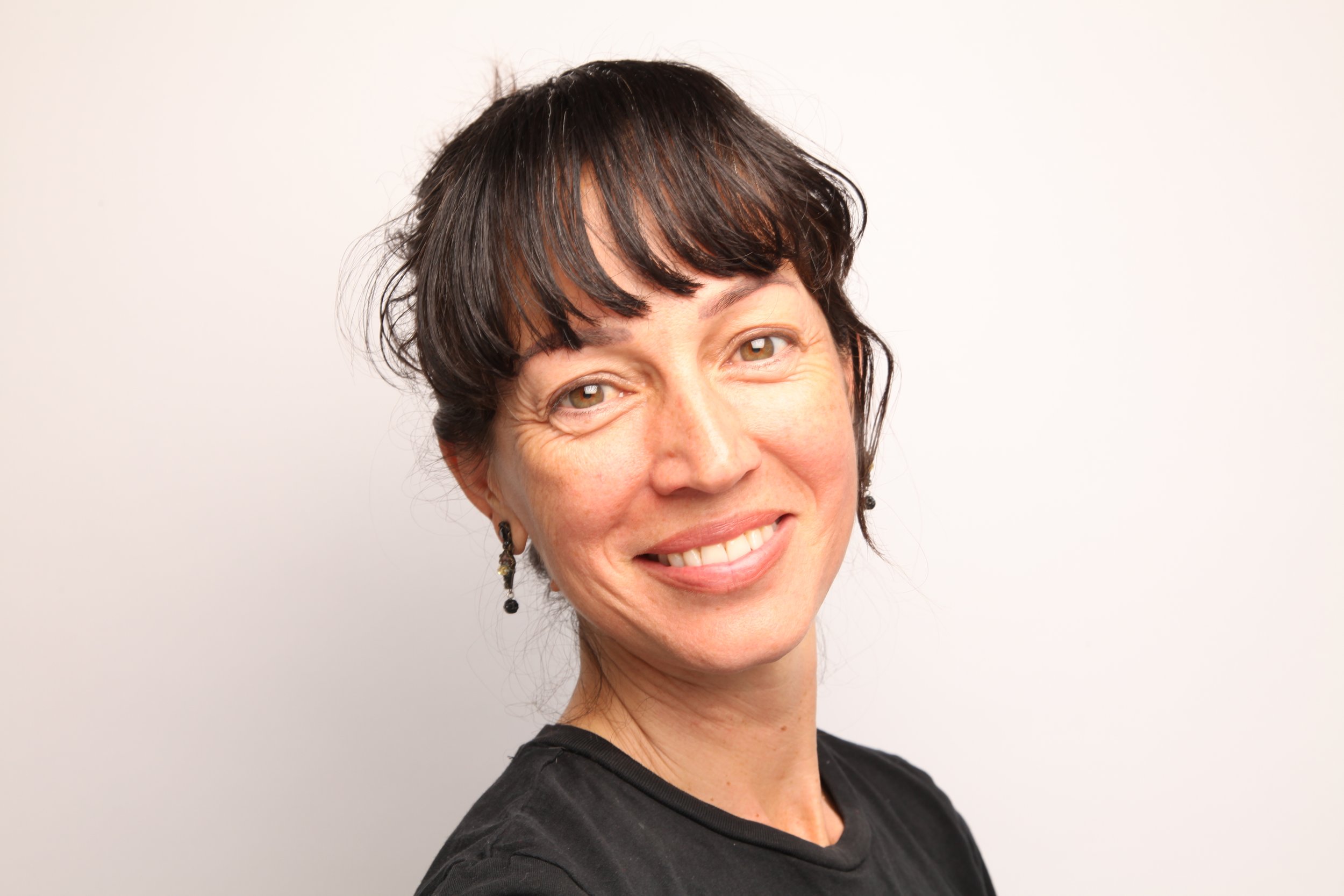Child Safe Organisations
Image supplied by Amy Kirwan from Dance Cart.
Amy is a proud member of Ausdance QLD.
If you operate a dance studio or dance activity for children – you should be intimately familiar with The National Principles for Child Safe Organisations in Australia.
If you are working with children at any stage in your dance activity and you think this doesn’t apply to you, you are wrong. This applies equally to every single person in any capacity in an organisation working with children – teachers, administrators, examiners, adjudicators, community organisers, principals, directors – every single person.
‘The National Principles’ is a set of guidelines aimed at creating a safe and protective environment for children within organisations. These principles were established in response to the Royal Commission into Institutional Responses to Child Sexual Abuse, which revealed the widespread occurrence of child abuse within Australian institutions. The principles provide guidance on creating a child safe culture within organisations, and aim to prevent the occurrence of abuse or neglect of children.
As an operator of a business or community activity working with children, we all have a responsibility to ensure that they create a safe and supportive environment for all their students. The National Principles for Child Safe Organisations provide a framework for dance studios to ensure that they are meeting their obligations to provide a safe environment for children.
The first principle requires organisations are committed to child safety, including the creation of a child safe culture. Dance studios & activities can demonstrate their commitment to child safety by creating a code of conduct for staff, volunteers, and students that outlines expectations and boundaries. This can include protocols around physical contact, communication, and the reporting of any concerns or incidents that may arise.
The second principle requires organisations to have a child-focused approach to their work. In a dance studio context, this means prioritising the needs of the child over other considerations. For example, the studio can ensure that their programs are developmentally appropriate for the age and skill level of the child, and that they provide adequate support and accommodations for students with additional needs.
The third principle requires organisations to promote the participation and empowerment of children. This can be achieved by involving children in decision-making processes, creating opportunities for leadership and development, and ensuring that children have access to information and resources that allow them to understand their rights and responsibilities.
The fourth principle requires organisations to listen to and respect the views of children. This means creating an environment where children feel comfortable expressing their thoughts and feelings, and where their feedback is taken seriously and acted upon.
The fifth principle requires organisations to prioritise the safety of children who may be at greater risk of harm. This can include implementing additional safeguards and support for children with disabilities, children from diverse cultural backgrounds, or children who may be experiencing family violence or other challenges.
Principles six to ten require you to have processes in place to respond to complaints, your staff must be trained and skilled in the area of child safety and you should be providing opportunities for ongoing training. Your studio/dance space – AND your online environments (social media, websites etc.) should promote safety and minimise any chance of harm. Your policies and procedures should document how you care for the safety of children and young people.
These principles are not optional and they are based on solid evidence developed over many decades.
Overall, the National Principles for Child Safe Organisations in Australia provide a valuable framework for dance studios to create a safe and supportive environment for their students. By implementing these principles, dance studios can ensure that they are meeting their obligations to provide a safe and welcoming environment for all children, and are prioritising the needs and wellbeing of their students above all other considerations.
About the Author
Julie Englefield
Executive Director, Ausdance QLD
Julie has worked across the disciplines of music, theatre, visual and performing arts in general management, fundraising, sales and marketing for over 25 years.
Her experience in both the commercial (Steinway & Sons) and non-profit (arts and health sectors) provide her with unique insight into what is required for successful and sustainable partnerships. Julie has a solid background in non-profit governance, having also been part of the Singapore Government’s workgroup to develop a national Code of Governance for non-profits. In particular, Julie’s belief in and understanding of the Arts has enabled her to walk the fine line of building commercially robust organisations whilst retaining absolute integrity of artistic purpose.


